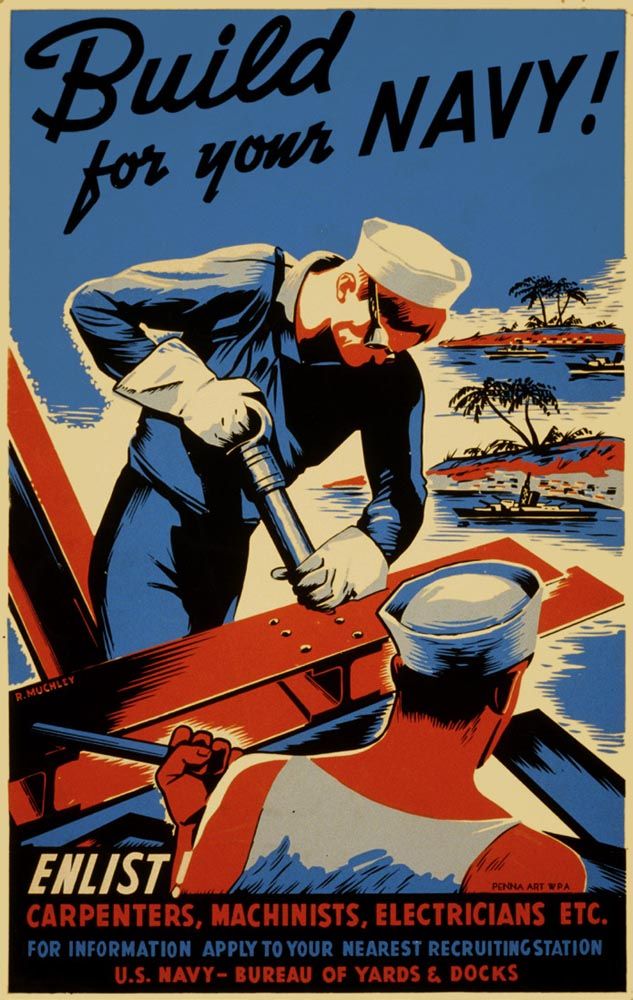Hazardous Occupation
Combat engineers have stood at the forefront of military campaigns throughout history.
Where there’s war, there’s a combat engineer (sapper) waiting in the wings to construct fortifications, build strategic roads or blow up enemy fortresses. For as long as humanity has been fighting, engineers have risked their own lives carrying out vital tasks on the battlefield.
War (From Ancient Egypt to Iraq) is a coffee table book examining major military campaigns from 3000 BCE to 2009. The reference book is 500+ pages of in-depth military history with sidebars on everything from swords and helmets to mercenaries and for our benefit—engineers in combat situations.
As far back as 701 BCE, Assyrian engineers were mining walls and building ramps during the Siege of Lachish in Palestine. Roman engineers—possibly the first to be directly employed in the army—built a mountainside siege ramp to assault the fortress of Masada. Roman engineers crafted ballistas (catapults) to fire bolts and stones at enemy troops up to 450 meters away. They tunneled under walls so they would partially collapse and open breaches for an assault.
The key permanent works of engineers throughout history, however, dealt with fortification, including the Great Wall of China, Hadrian’s Wall and the countless military castles and strongholds built throughout Europe.
Vauban, considered by some to be the greatest engineer of his time (1633–1707), created French military fortifications that were widely used globally for nearly 100 years. He founded the Corps royal des ingénieurs whose curriculum was based on Vauban’s publications on engineering design, strategy, and training.
Fast forward to the early 1900s and combat engineers were tasked with clearing obstacles, building roads and bridges, creating temporary bases, and carrying out small-unit raids to lay explosive charges against enemy targets. Mine clearing became one of the most dangerous occupations for combat engineers during World War II.







